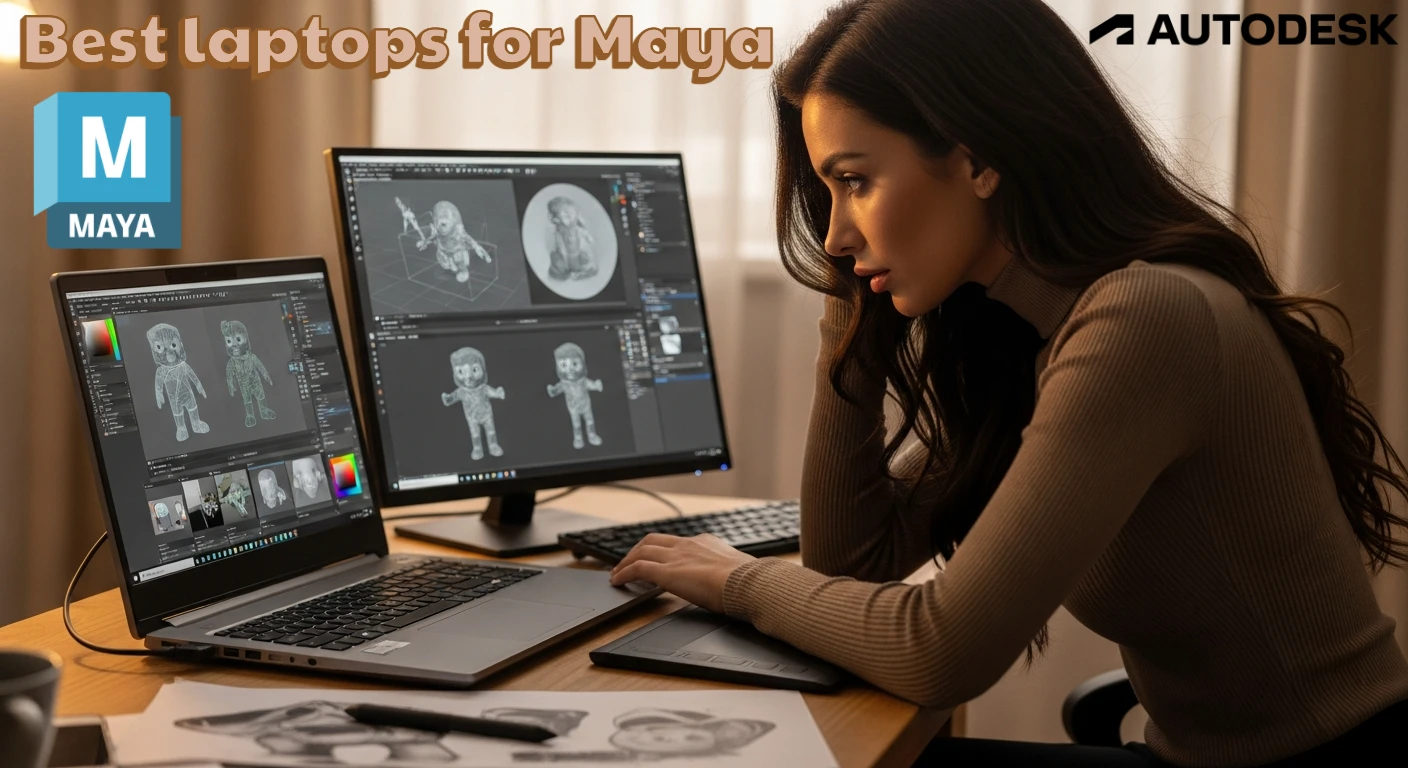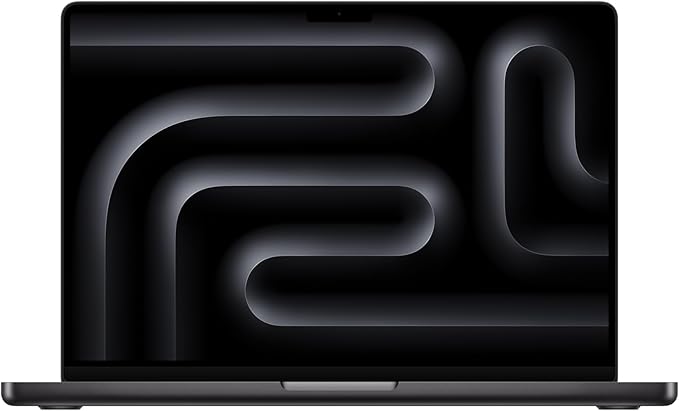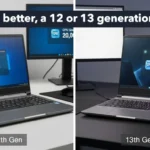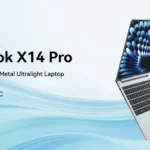If you’ve ever opened a heavy Maya scene, you know how brutal it can be on your system. Dense geometry, massive textures, simulations, and GPU renderers can turn an average laptop into a space heater in seconds.
That’s why finding the right laptop for Autodesk Maya isn’t just about buying something “powerful.” It’s about finding a balanced machine that keeps up with your creative workflow — fast, cool, color-accurate, and reliable day after day.
In this guide, I’ll walk you through the best laptops for Autodesk Maya in 2025, tested and reviewed with real creative use in mind. Whether you’re a freelance artist, a student, or part of a production studio, you’ll find something that fits your needs (and your budget).
Also Read: Best Laptops for Blender
🧠 What to Look for in a Maya Laptop
Before we jump into recommendations, here’s a quick cheat sheet of what actually matters for Maya:
| Component | Recommended Specs | Why It Matters |
|---|---|---|
| CPU | Intel i9 HX / AMD Ryzen HX / Apple M4 Pro or Max | Fast single-core + multi-core for modeling and simulation |
| GPU | NVIDIA RTX 4070–5090 or Apple M-series GPU | CUDA and OptiX accelerate viewport and GPU rendering |
| RAM | Minimum 32GB, ideally 64GB | Prevents lag when working on large scenes |
| Storage | 1TB+ NVMe SSD | Speed and space for big projects |
| Display | 16″+, 100% sRGB or DCI-P3 | Accurate color for texturing and lighting |
| Thermals | Dual-fan or vapor chamber cooling | Sustains performance under heavy load |
💡 Pro Tip: Don’t get distracted by flashy gamer specs. Sustained performance, not just peak benchmarks, is what makes or breaks your Maya workflow.
Also Read: Maya System Requirements
💻 Best Laptops for Maya (2025 Picks)
Looking for the best laptop for Autodesk Maya in 2025? This hands-on guide breaks down the most powerful, reliable, and portable machines for 3D modeling, animation, and rendering. Real specs, pros & cons, and expert buying advice.
1. Apple MacBook Pro 16 (M4 Max)
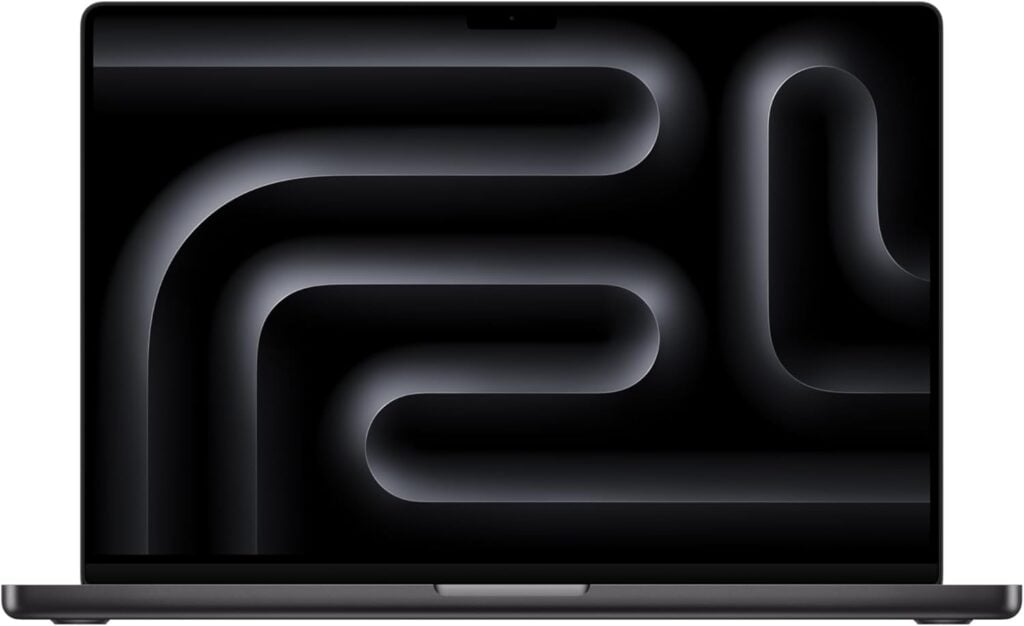
Best for: macOS users, 3D generalists, and on-the-go artists.
Apple’s M4 Max chip finally makes the MacBook Pro a serious workstation contender for Maya users on macOS. While it lacks NVIDIA CUDA cores, the M4 Max GPU handles modeling, simulation, and rendering surprisingly well — plus, it’s whisper-quiet and battery-friendly.
Specs Recommendation:
- CPU/GPU: M4 Max (up to 16-core CPU, 40-core GPU)
- RAM: 32GB–96GB unified memory
- Storage: 1TB SSD or more
- Display: 16” Liquid Retina XDR (HDR, 120Hz)
Pros:
- Incredible color accuracy & HDR display
- Long battery life for mobile work
- Virtually silent even under load
Cons:
- No NVIDIA GPU support (CUDA-dependent renderers)
- Limited upgradability
Verdict: Perfect for artists in the Apple ecosystem who rely on macOS-native tools and want long-lasting performance without worrying about fan noise or heat.
2. Razer Blade 16 (2025 Edition)

Best for: Power-hungry 3D artists who need desktop-level performance in a slim package.
Razer continues to dominate the “performance in a thin chassis” category. The Blade 16 pairs high-end Intel/AMD HX CPUs with full-wattage RTX 40 or 50-series GPUs. It’s a top pick if your workflow involves Arnold GPU, Redshift, or Octane.
Specs Recommendation:
- CPU: Intel i9-14900HX / AMD Ryzen 9 HX
- GPU: NVIDIA RTX 4080 or 4090
- RAM: 32–64GB
- Display: 16″ Dual-Mode Mini LED (UHD+ / 240Hz FHD)
Pros:
- Desktop-level GPU power
- Gorgeous, bright display
- Premium aluminum chassis
Cons:
- Short battery life under load
- Expensive top-tier configs
Verdict: If you need the fastest viewport and render performance possible on Windows, this is the closest thing to a portable workstation.
3. ASUS ProArt Studiobook P16 (2025)
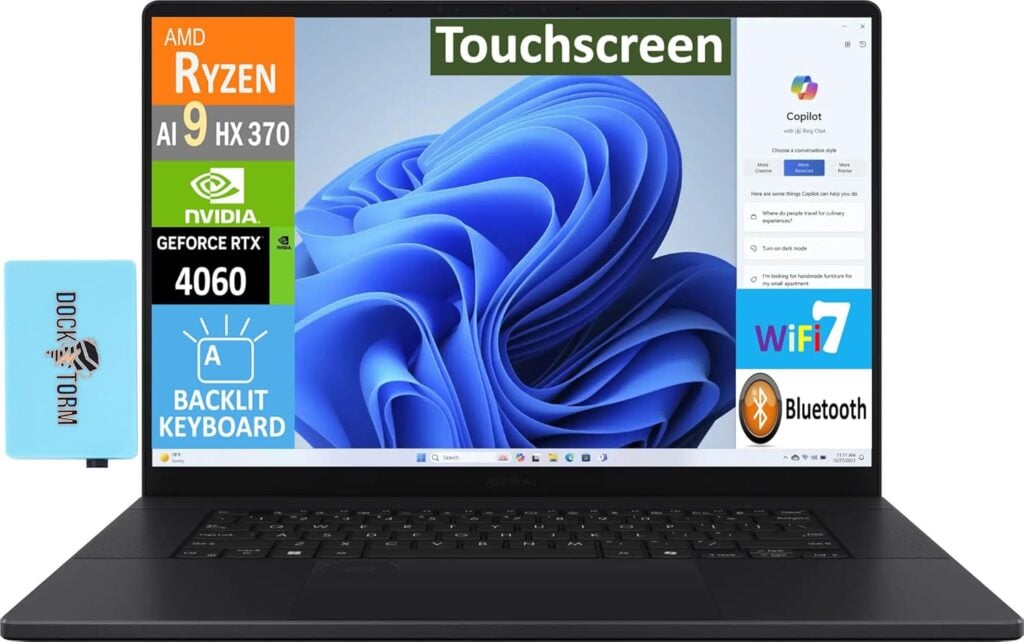
Best for: Professional 3D artists, studios, and color-focused creators.
The ASUS ProArt series is built specifically for creative work. The 2025 refresh introduces OLED tandem panels and NVIDIA’s latest RTX 50-series mobile GPUs — making it one of the strongest Maya laptops money can buy.
Specs Recommendation:
- CPU: AMD Ryzen AI HX or Intel i9 HX
- GPU: NVIDIA RTX 5080 / 5090 mobile
- RAM: 32–64GB DDR5
- Storage: Dual NVMe slots (up to 8TB total)
- Display: 16” 4K OLED, 100% DCI-P3
Pros:
- Perfect color accuracy for texturing & look-dev
- Top-tier RTX performance
- Built-in “ProArt Creator Hub” for performance tuning
Cons:
- Pricey and heavy
- Limited battery endurance
Verdict: A dream machine for professionals who need both raw performance and a flawless screen for design accuracy.
4. Dell Precision 7780

Best for: Studios and professionals who value reliability, ISV certification, and serviceability.
The Precision line has been a staple in the 3D world for years — and for good reason. It’s built like a tank, offers workstation GPUs (RTX A series), and is officially certified for Maya and other Autodesk tools.
Specs Recommendation:
- CPU: Intel i9-13950HX
- GPU: NVIDIA RTX A5000 / RTX 4090
- RAM: Up to 128GB
- Storage: Dual NVMe slots (2TB+)
Pros:
- ISV certified for Autodesk Maya
- Easy to upgrade/repair
- Excellent cooling and stability
Cons:
- Bulky and heavy
- Not cheap
Verdict: If you’re running a studio or managing production work, this is the workstation laptop you can depend on for years.
5. MSI Creator Z17 HX Studio

Best for: Artists who want power, expandability, and creative design.
MSI’s Creator line bridges the gap between gaming and pro workflows. The Z17 HX Studio offers a gorgeous 17” QHD+ display, strong thermals, and NVIDIA Studio certification — perfect for long rendering sessions.
Specs Recommendation:
- CPU: Intel i9-14900HX
- GPU: NVIDIA RTX 4070 / 4080
- RAM: 32–64GB
- Storage: 1TB NVMe SSD
Pros:
- Color-accurate display with touch option
- Great thermals for heavy rendering
- Strong overall performance
Cons:
- Slightly bulky
- Fans can get loud under load
Verdict: Ideal for creators who need big-screen real estate and reliable sustained performance.
⚙️ Quick Comparison Table
| Laptop | Best For | GPU | Max RAM | Display | OS | Starting Price |
|---|---|---|---|---|---|---|
| MacBook Pro 16 (M4 Max) | macOS artists | Apple M4 GPU | 96GB unified | 16″ XDR HDR | macOS | $3,499+ |
| Razer Blade 16 | High-end 3D artists | RTX 4090 | 64GB | 16″ Mini LED | Windows | $3,299+ |
| ASUS ProArt P16 | Studio professionals | RTX 5090 | 64GB | 16″ 4K OLED | Windows | $3,499+ |
| Dell Precision 7780 | Workstation users | RTX A5000 / 4090 | 128GB | 17″ UHD | Windows | $3,199+ |
| MSI Creator Z17 HX | All-round creators | RTX 4080 | 64GB | 17″ QHD+ | Windows | $2,799+ |
(Prices are approximate and vary by configuration and region.)
💡 Expert Buying Advice for Maya Users
- Prioritize GPU VRAM – For GPU renderers like Redshift or Arnold GPU, go for 12–16GB VRAM minimum.
- Go 64GB RAM if possible – Maya eats memory, especially with high-poly scenes and 8K textures.
- Keep your laptop cool – Thermals affect long renders. Choose models with vapor chamber cooling or good fan control.
- SSD space matters – Maya’s temp files grow fast. Go for at least 1TB and keep a second SSD for project backups.
- Display accuracy = less rework – If you handle texturing or look-dev, OLED or mini-LED panels with 100% DCI-P3 coverage are a must.
🏁 Final Thoughts
When it comes to Maya, you don’t need the most expensive laptop — you need the most balanced one for your workflow.
If you’re a macOS lover, the MacBook Pro M4 Max is unbeatable in efficiency.
If you’re all about raw GPU power, go with the Razer Blade 16 or ASUS ProArt P16.
And if you want studio-grade reliability, the Dell Precision 7780 remains the industry benchmark.
Whatever you choose, invest in quality thermals, plenty of RAM, and a color-accurate display — because in 3D work, those things save you hours, not just frames.
💬 Frequently Asked Questions
There’s no single “best” laptop for everyone — it depends on your workflow. If you’re deep into rendering or complex simulations, go for something with a high-end NVIDIA GPU like the Razer Blade 16 or ASUS ProArt P16. If you’re mostly modeling or doing lighter scene work, a balanced system like the MacBook Pro M4 Max or MSI Creator Z17 is more than enough.
Absolutely. Maya runs perfectly fine on modern laptops — as long as you’ve got a capable CPU, a dedicated GPU, and enough RAM (32GB or more is ideal). Today’s creator and workstation laptops can easily handle professional 3D work that used to require a full desktop.
Yes, many gaming laptops are actually great for Maya — they use the same powerful CPUs and GPUs you find in professional machines. Just keep in mind that gaming laptops often prioritize frame rates over color accuracy, so if you’re doing texturing or lighting work, you might want to connect a color-calibrated external monitor.
For most modeling and animation projects, 32GB will do the job. But if you’re dealing with large environments, simulations, or 8K textures, you’ll definitely feel the benefit of 64GB or even 128GB. Think of RAM as your creative breathing room — the more you have, the smoother your workflow feels.
Yes — the new MacBook Pro with M4 Pro or M4 Max chips handles Maya impressively well. Performance is solid, the display is stunning, and the battery life is unmatched. The only thing to check is plugin compatibility — some render engines or tools still perform better with NVIDIA GPUs, which Macs don’t have.
🧩How to Choose the Best Laptop for Maya
Time needed: 10 minutes
Learn how to pick a laptop that handles Autodesk Maya like a pro — no lag, no crashes, just smooth performance.
- Identify Your Maya Workflow
Decide what you’ll mainly do in Maya — modeling, animation, simulation, or rendering.
Modeling and animation rely more on high CPU clock speeds, while rendering and simulations need powerful GPUs and more RAM. Knowing your use case helps you avoid overspending on the wrong components. - Focus on Core Hardware
Choose a laptop with a multi-core CPU (Intel i9 HX / Ryzen 9 HX), NVIDIA RTX GPU, and at least 32–64GB RAM.
A 1TB NVMe SSD keeps projects loading fast, and a color-accurate display (DCI-P3 or sRGB 100%) ensures your textures and lighting look right. - Balance Portability and Performance
If you work on the go, consider lighter models like the MacBook Pro M4 Max or Razer Blade 16.
For long rendering sessions or studio-grade reliability, go with workstation models such as the Dell Precision 7780 or ASUS ProArt P16.
Find the balance between power, cooling, and screen quality that fits how you work.
